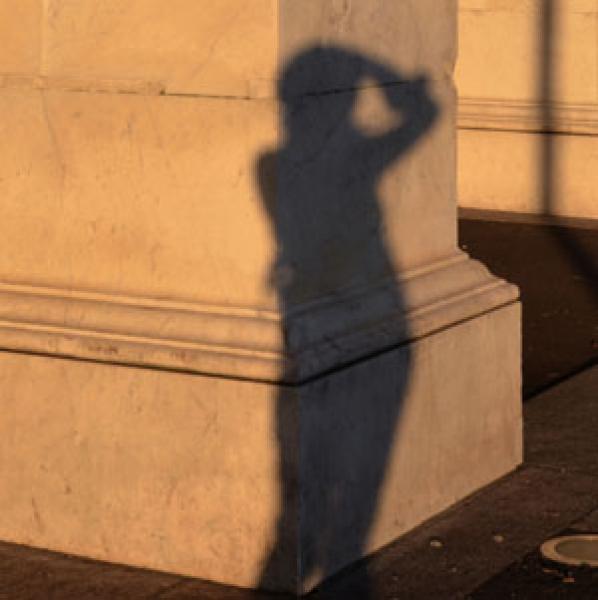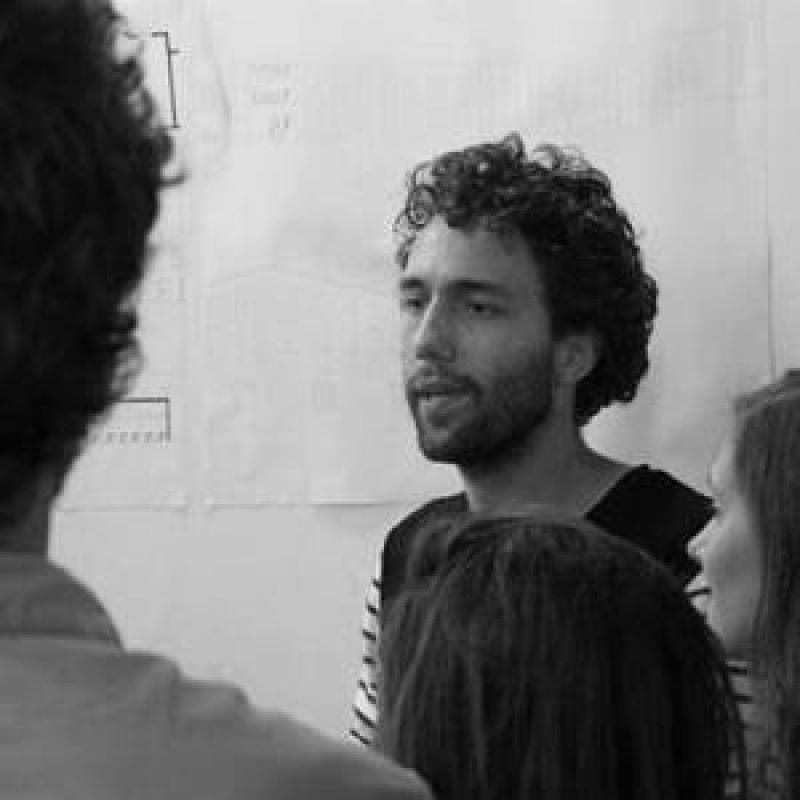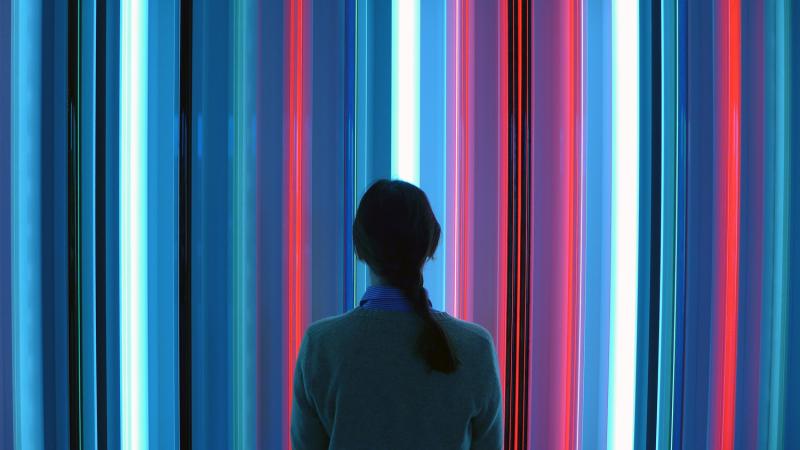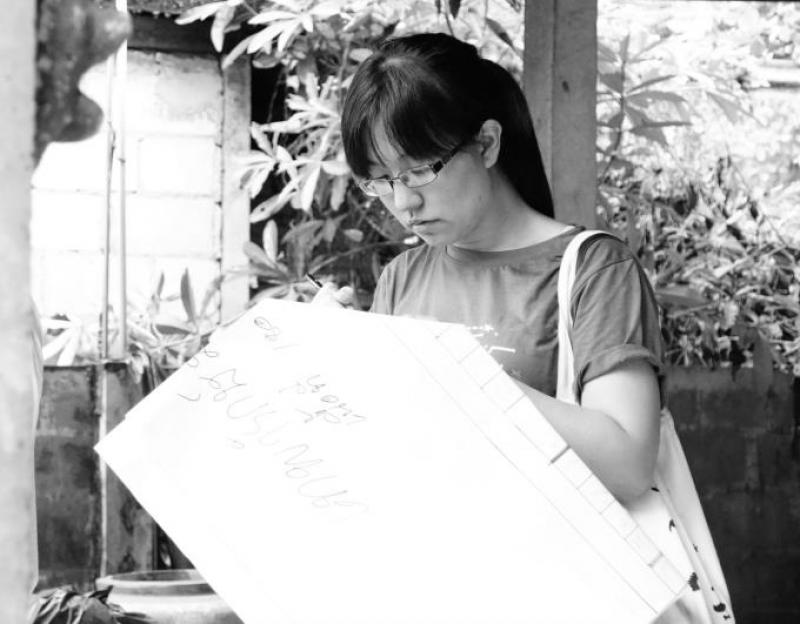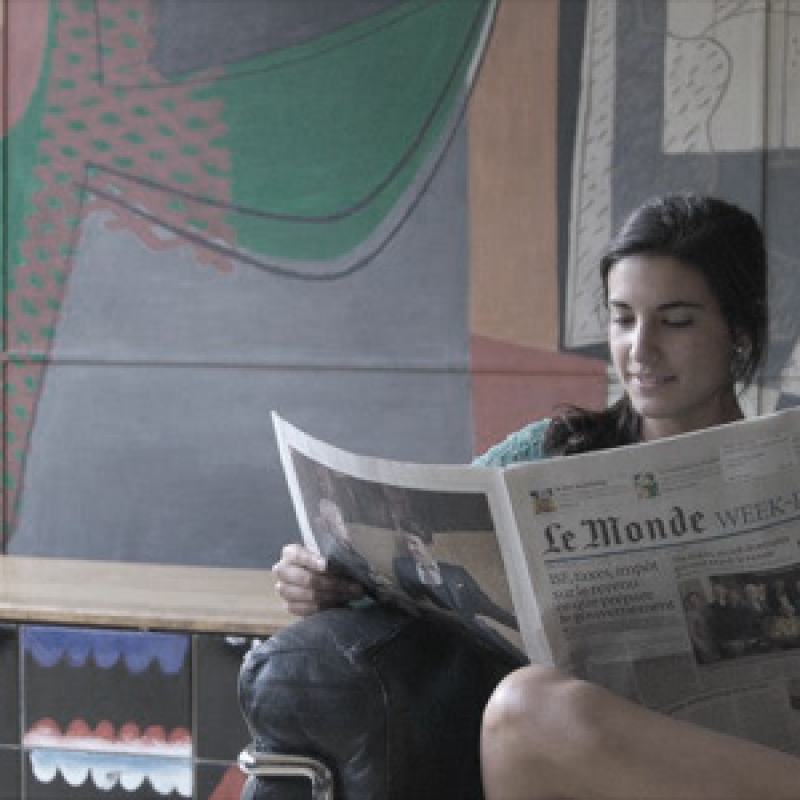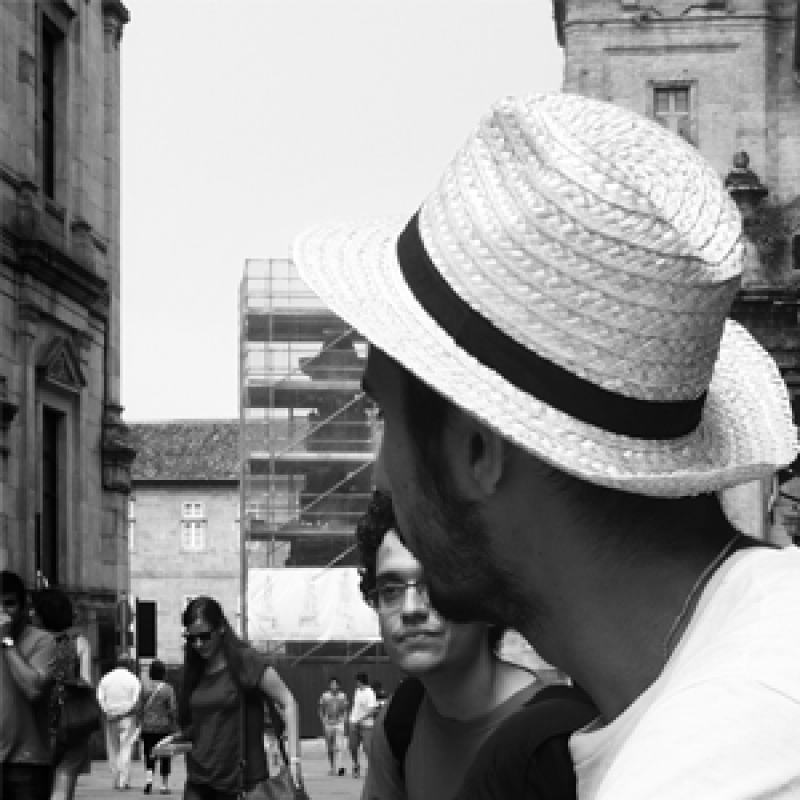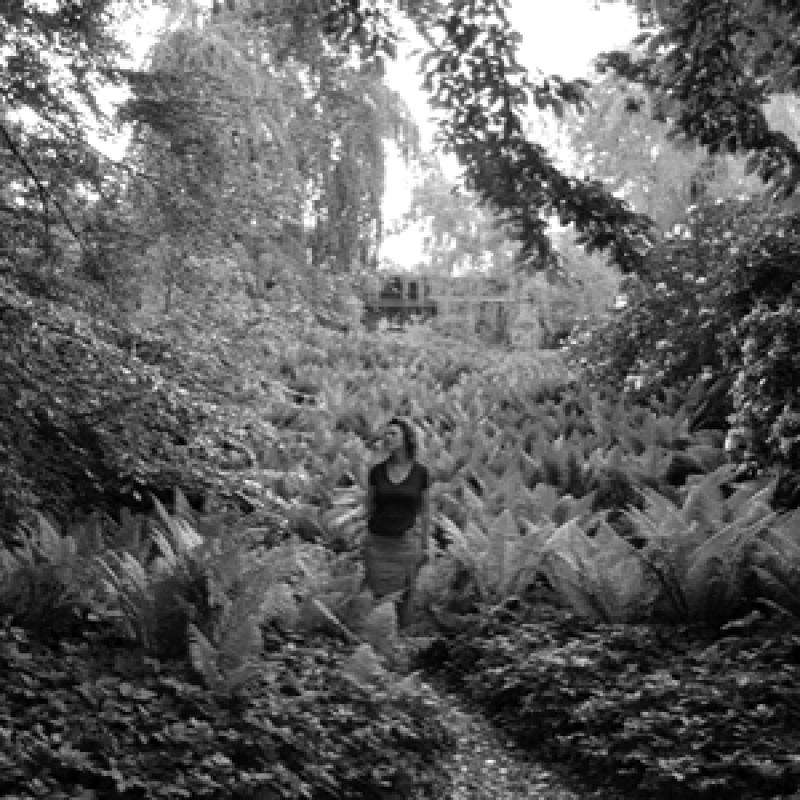Caitlin Elizabeth Daly
Perceptive Logic of Digital Tectonics
Digital tectonics can be understood as the process of creation that utilizes computational logic. By utilizing a process of calculation logic, it is possible to begin to challenge our understanding of spatial relationships, and thus challenge traditional views of tectonic relationships. By questioning the conceptualizing of geometries and their specific functions, the process of design becomes focused on the materialization of these relationships. The architectural object created through this calculation logic, needs to be viewed through an objective lens; mathematical forms are scaleless, where architecture, must by definition, be bound to a scale, and perceptive logic. Is there a point at which, calculation can define both the dynamic relationships embedded within the mathematical forms and the metric space that is perceptible built form? Is there a way to define tectonics through the logic of calculation?

